Explore NYSORA knowledge base for free:
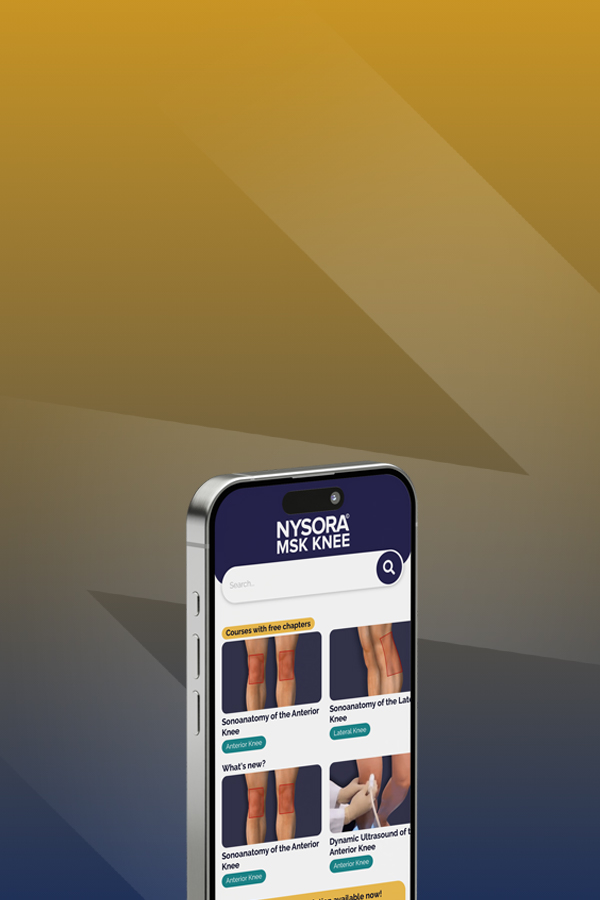

The most practical App on MSK ultrasound examinations for the knee

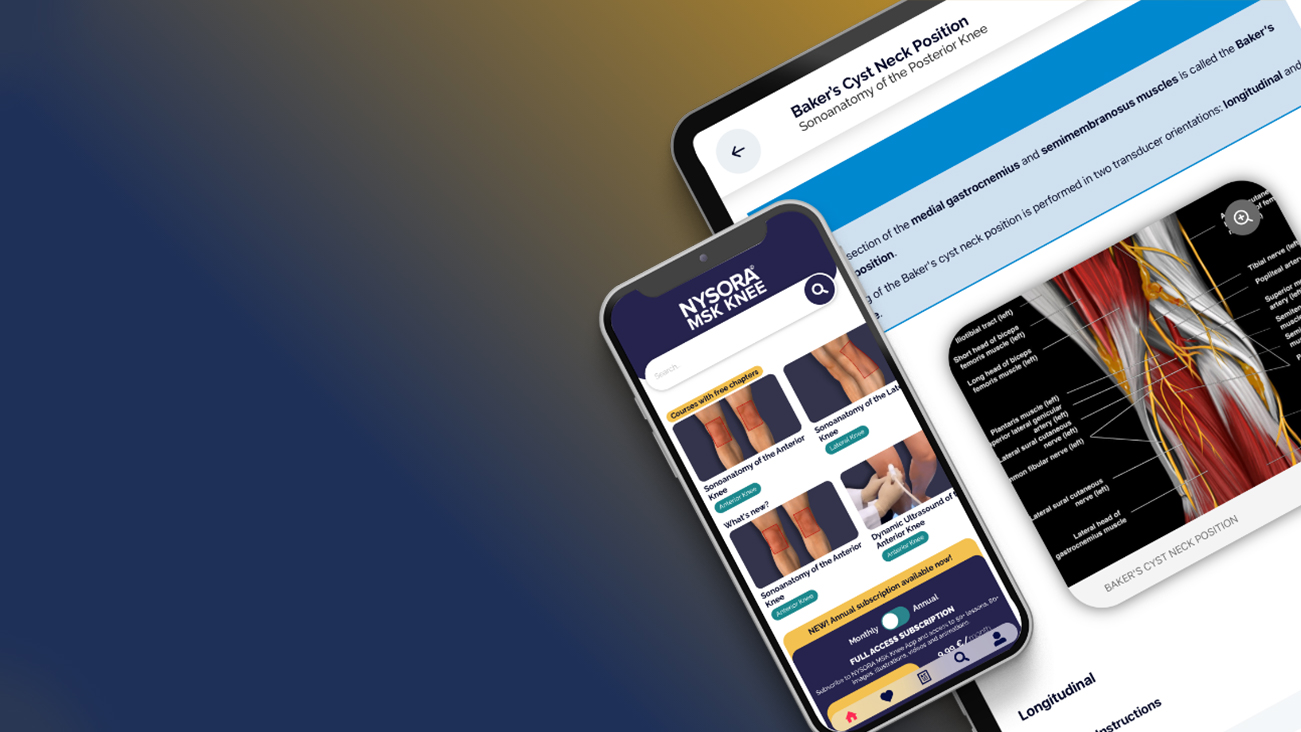
Clear ultrasound images, illustrations, functional anatomy, dynamic tests, animations, and ultrasound-guided MSK procedures.
Sonoanatomy of the: anterior, lateral, medial, and posterior knee, varus and valgus tests, and flexion and extension tests in different patient positions.
Get ready for a mobile app covering all of the latest innovations in musculoskeletal ultrasound and regenerative injection therapy.
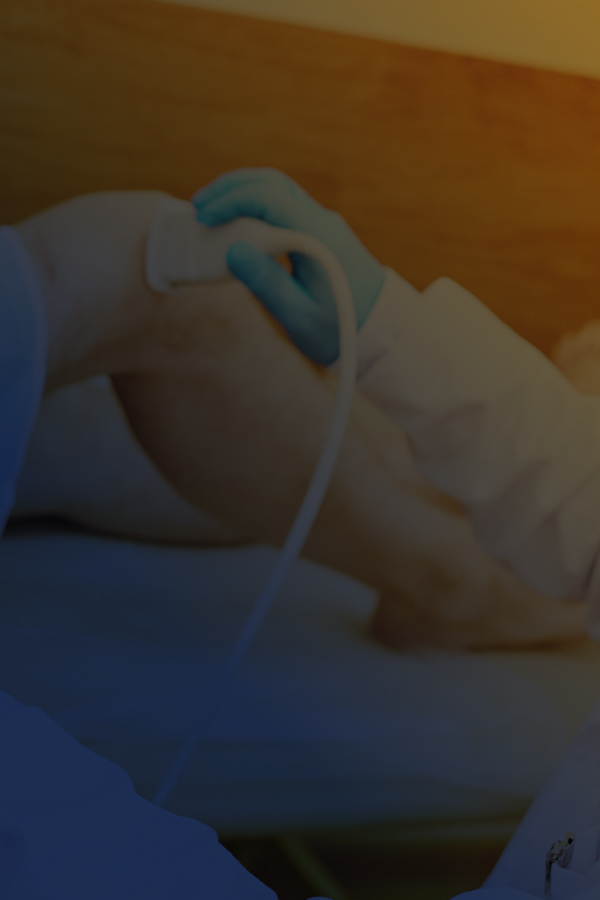

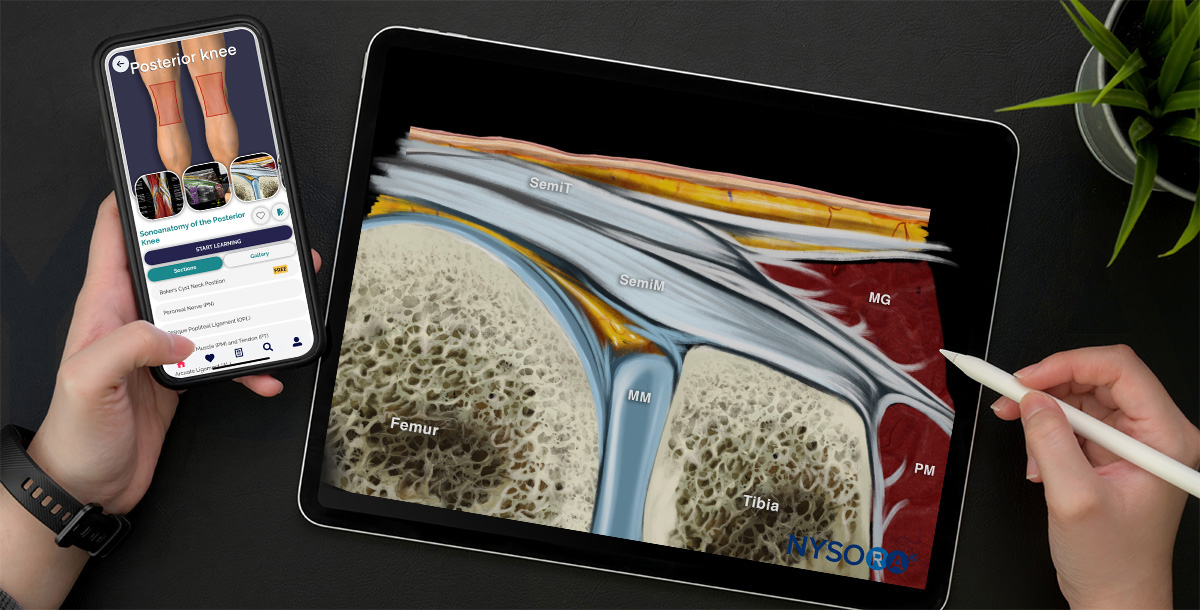
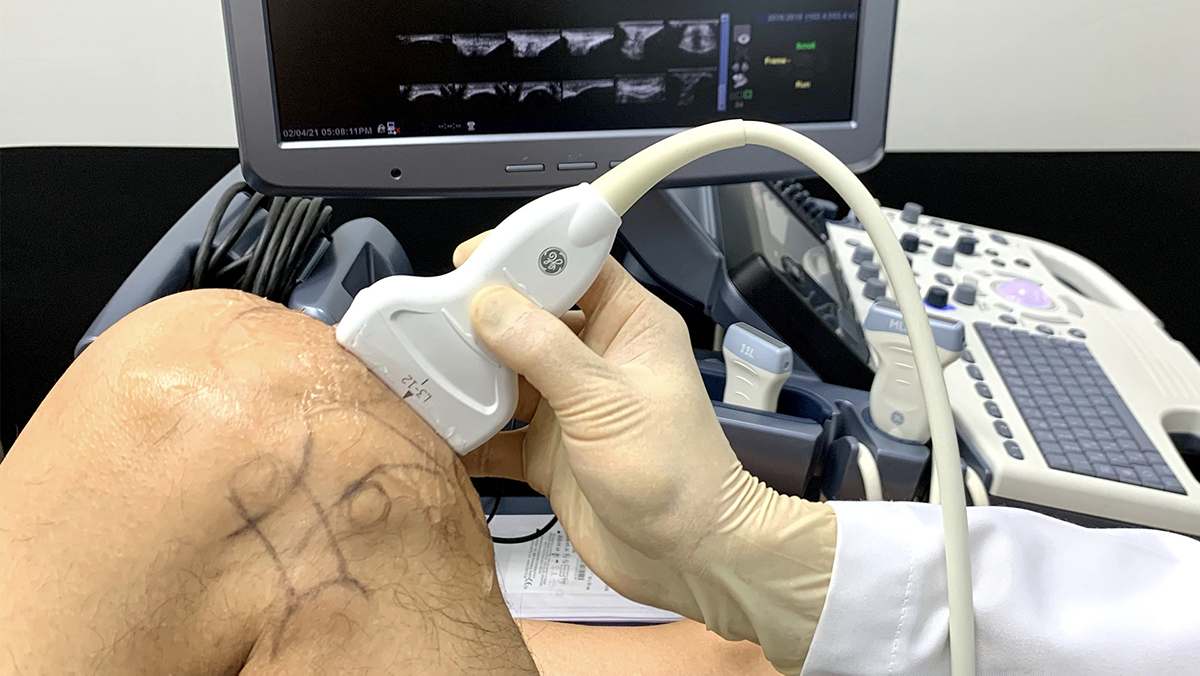
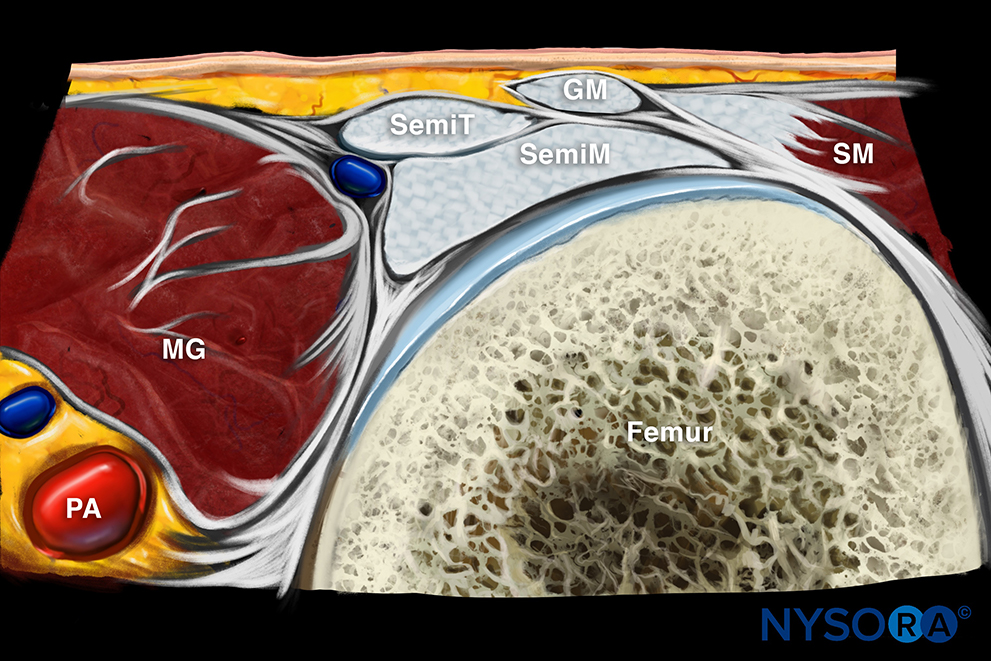
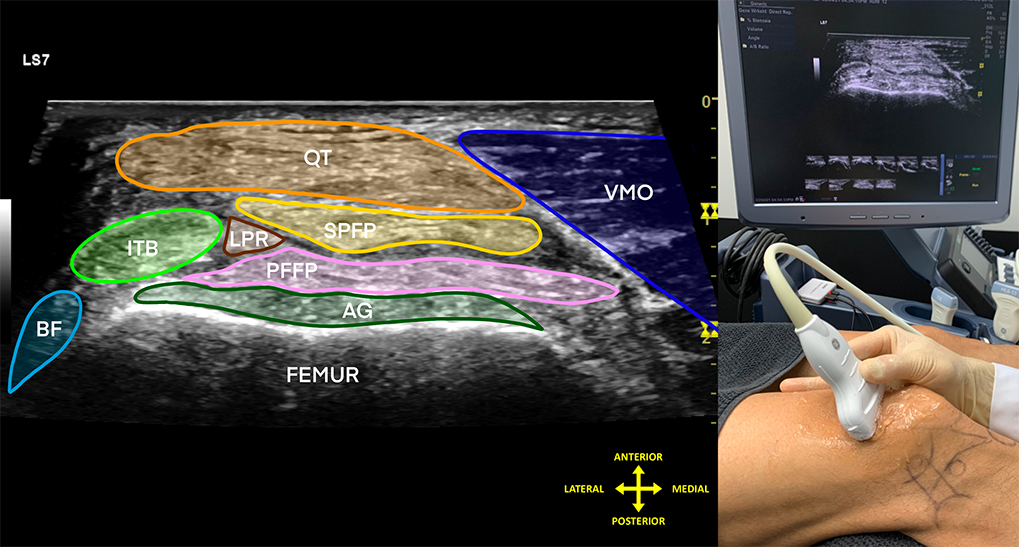
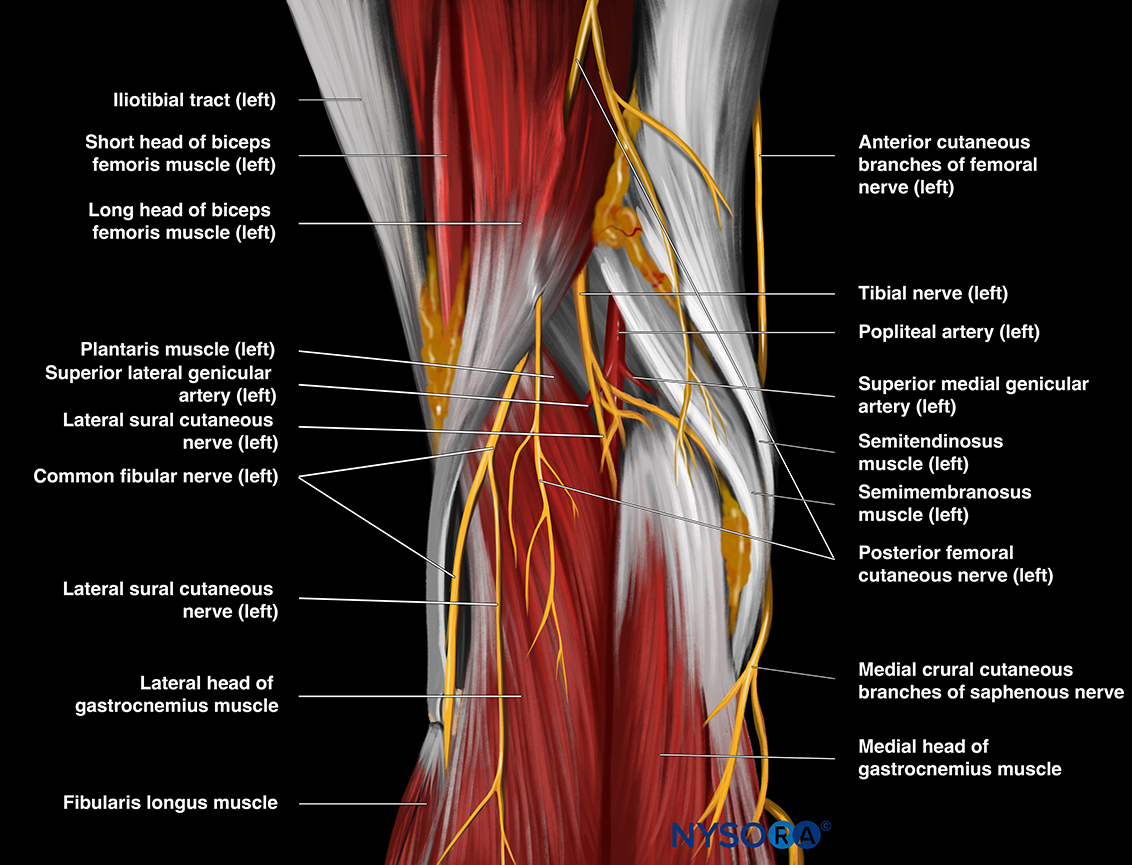
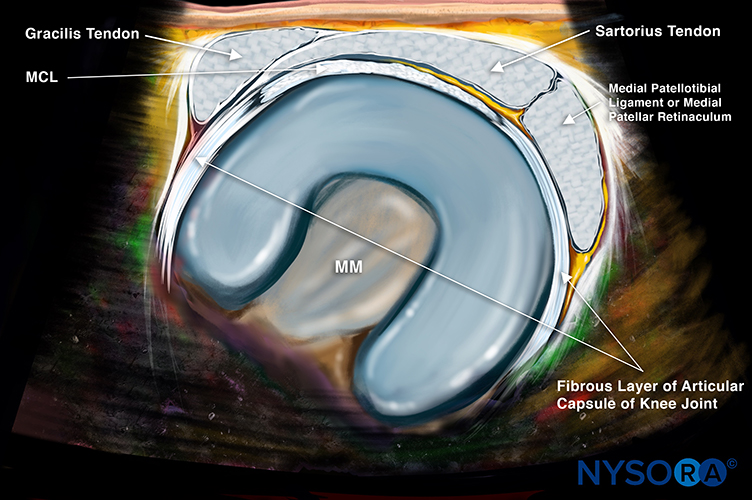
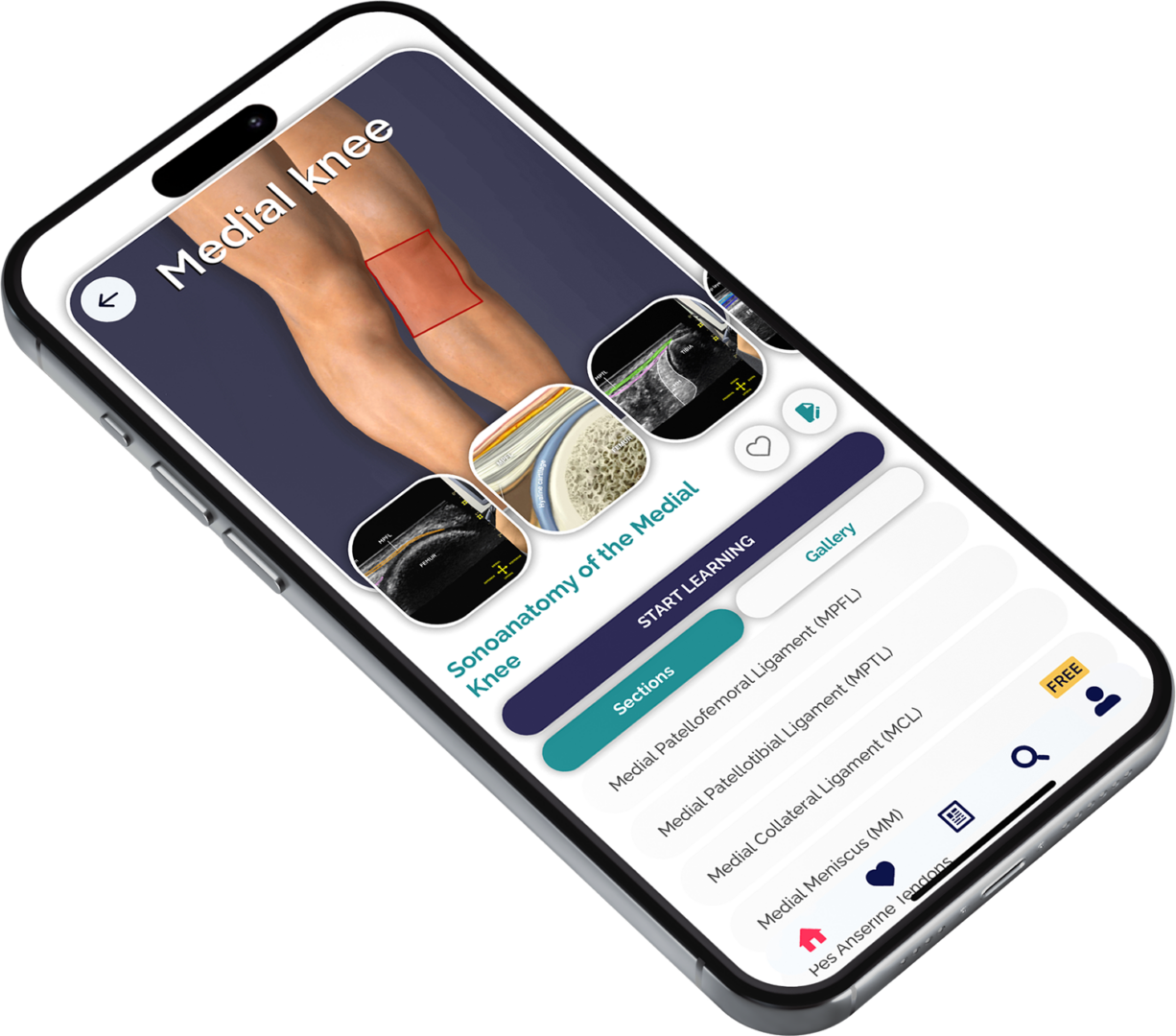
Sonoanatomy of the anterior knee
Dynamic ultrasound of the anterior knee
Sonoanatomy of the lateral knee
Dynamic tests of the lateral knee
Sonoanatomy of the medial knee
Dynamic tests of the medial knee
Sonoanatomy of the posterior knee
Dynamic ultrasound of the posterior knee